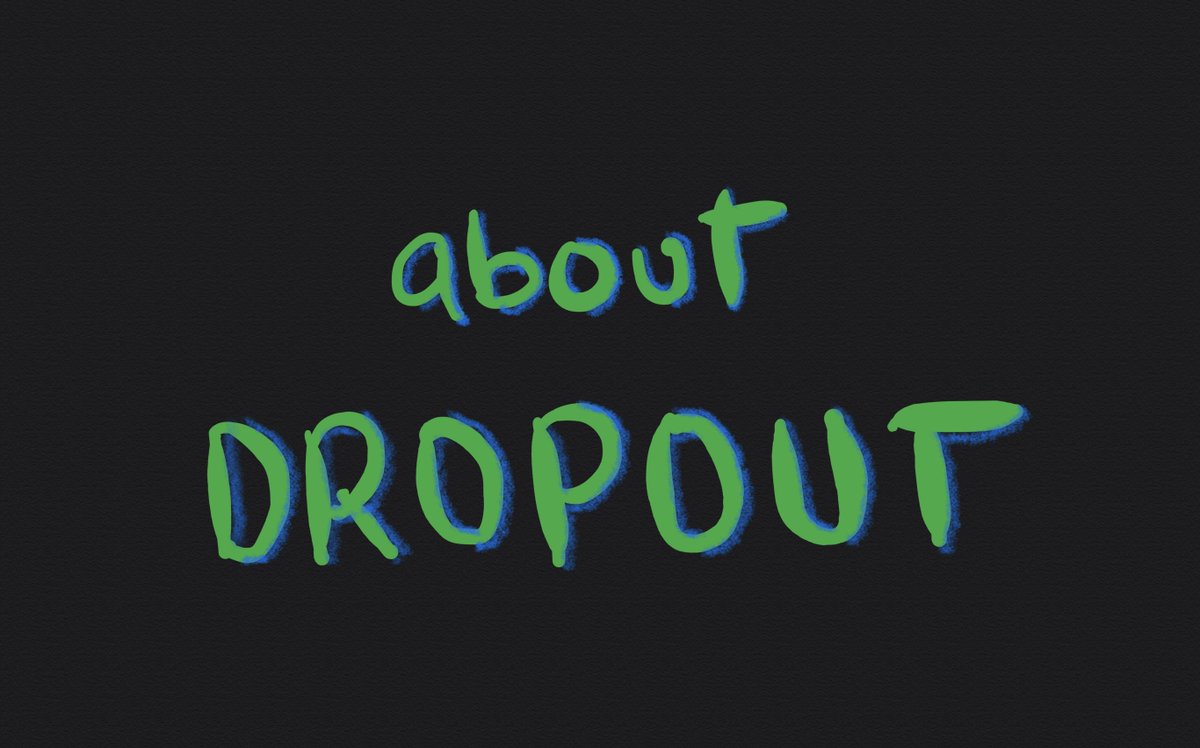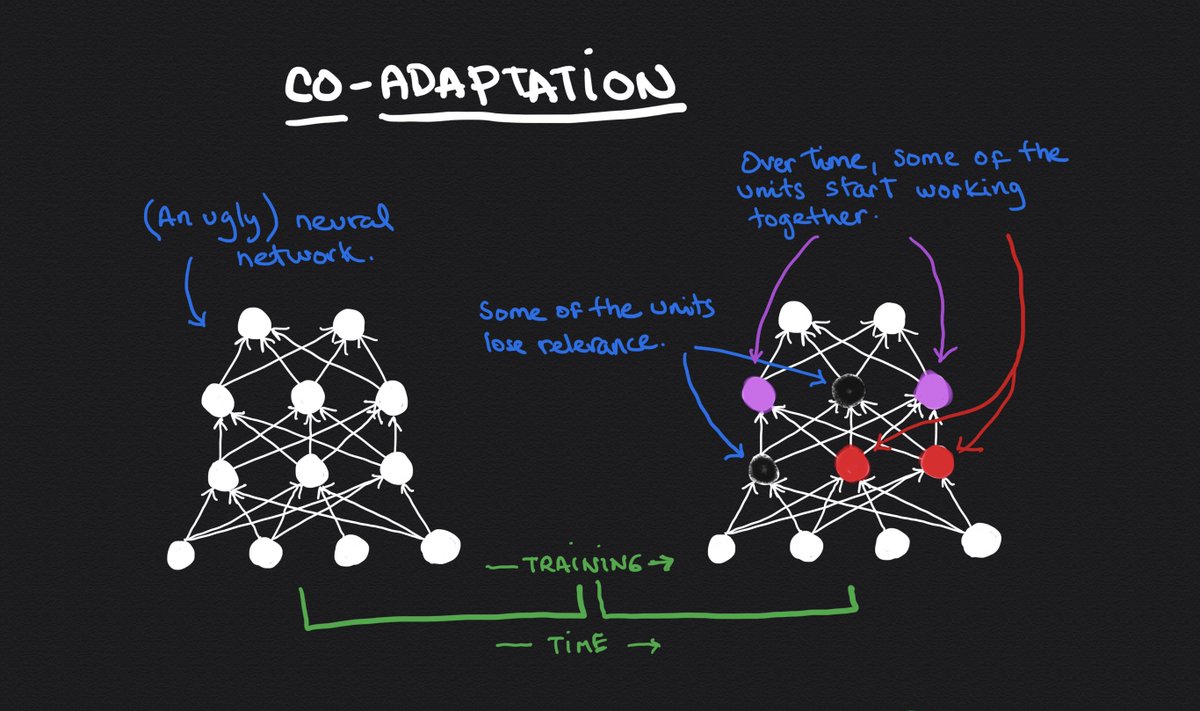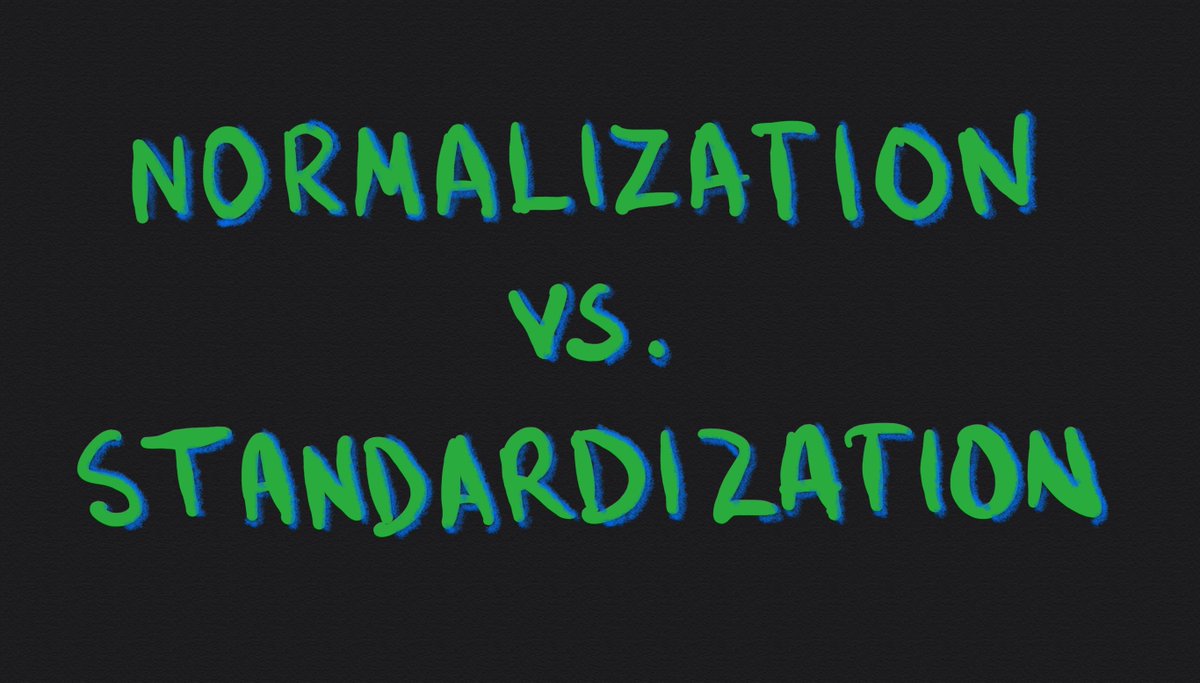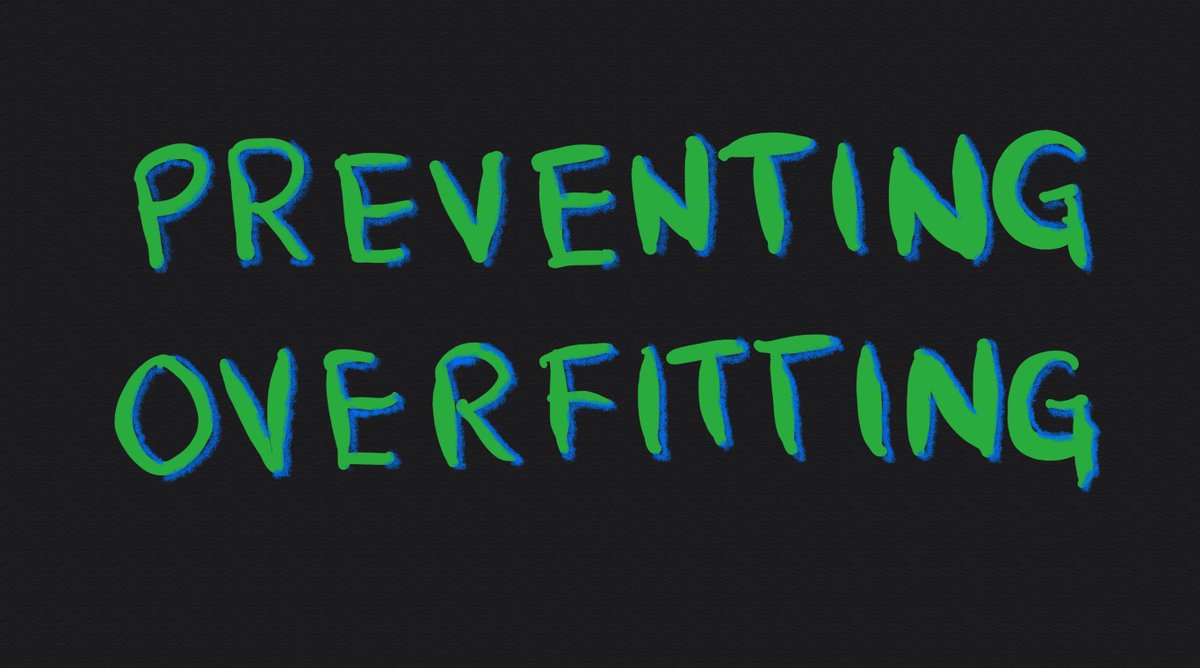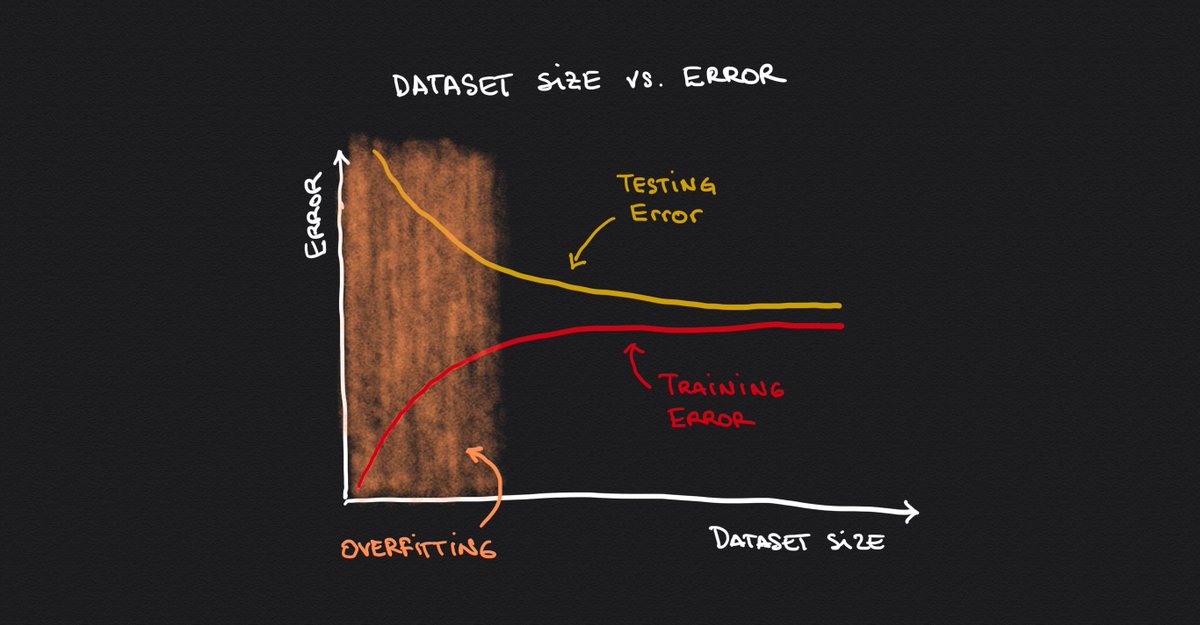
Everything I know about great Software Developers.
🧵👇
🧵👇
1. Great Software Developers are humble.
They never put themselves above anyone else. They are willing to leverage existing solutions and listen to others.
(1 of 15)
They never put themselves above anyone else. They are willing to leverage existing solutions and listen to others.
(1 of 15)
2. Great Software Developers are self-motivated to learn.
They never stop improving and never get complacent. They understand the importance of growing their skills.
(2 of 15)
They never stop improving and never get complacent. They understand the importance of growing their skills.
(2 of 15)
3. Great Software Developers know when to write code and when to avoid it.
They understand the trade-offs involved in writing code. They understand that the best code is the one that was never written.
(3 of 15)
They understand the trade-offs involved in writing code. They understand that the best code is the one that was never written.
(3 of 15)
4. Great Software Developers are willing to challenge the status quo.
They understand that innovation happens when we are willing to challenge assumptions and think out of the box.
(4 of 15)
They understand that innovation happens when we are willing to challenge assumptions and think out of the box.
(4 of 15)
5. Great Software Developers think before they write.
They never jump to conclusions. They are methodical and take the time to explore before exploiting.
(5 of 15)
They never jump to conclusions. They are methodical and take the time to explore before exploiting.
(5 of 15)
6. Great Software Developers never stop sharing.
They constantly look for ways to make the team around them look better. They understand this is the way they can multiply their value.
(6 of 15)
They constantly look for ways to make the team around them look better. They understand this is the way they can multiply their value.
(6 of 15)
7. Great Software Developers support everyone around them.
They find areas where others struggle and lend a hand. They are constantly lifting others.
(7 of 15)
They find areas where others struggle and lend a hand. They are constantly lifting others.
(7 of 15)
8. Great Software Developers have an insatiable curiosity.
They never settle before reaching the bottom of things. Every question is a new opportunity to learn.
(8 of 15)
They never settle before reaching the bottom of things. Every question is a new opportunity to learn.
(8 of 15)
9. Great Software Developers run towards problems, not away from them.
They aren’t afraid of failure. They look forward to solving difficult challenges as soon as they arise. They find ways to put themselves right at the front line.
(9 of 15)
They aren’t afraid of failure. They look forward to solving difficult challenges as soon as they arise. They find ways to put themselves right at the front line.
(9 of 15)
10. Great Software Developers have a strong commitment to meet deadlines.
They make sure deadlines are both achievable and understood by them and their teams. They help those around them get across the finish line if necessary.
(10 of 15)
They make sure deadlines are both achievable and understood by them and their teams. They help those around them get across the finish line if necessary.
(10 of 15)
11. Great Software Developers take a lot of pride in their work quality.
They relentlessly focus on the internal and external quality of everything they build. They understand the importance of standing up for what they believe.
(11 of 15)
They relentlessly focus on the internal and external quality of everything they build. They understand the importance of standing up for what they believe.
(11 of 15)
12. Great Software Developers understand trade-offs and know how to manage competing priorities.
They have a holistic view of the environment. They consider available constraints before recommending a solution.
(12 of 15)
They have a holistic view of the environment. They consider available constraints before recommending a solution.
(12 of 15)
13. Great Software Developers use Software as a vehicle to change lives.
They understand the impact of their work. They use their skills for good, to make the world a better place.
(13 of 15)
They understand the impact of their work. They use their skills for good, to make the world a better place.
(13 of 15)
14. Great Software Developers have a "get stuff done" mentality.
They are eager to build things, and they don’t stop until they finish them. They understand the importance of results over the process to achieve them.
(14 of 15)
They are eager to build things, and they don’t stop until they finish them. They understand the importance of results over the process to achieve them.
(14 of 15)
15. Great Software Developers criticize ideas and never the people who hold them.
They believe that ideas should stand or fall on their own merits. They never engage in personal attacks.
(15 of 15)
They believe that ideas should stand or fall on their own merits. They never engage in personal attacks.
(15 of 15)
16 (bonus). Great Software Developers are proactive.
They take initiative to improve their team's developer experience.
(Contributed by @curtiseinsmann)
(16 of 15)
They take initiative to improve their team's developer experience.
(Contributed by @curtiseinsmann)
(16 of 15)
17 (bonus). Great Software Developers take responsibility.
They burden the blame and drive resolutions when catastrophe strikes.
(Contributed by @curtiseinsmann)
(17 of 15)
They burden the blame and drive resolutions when catastrophe strikes.
(Contributed by @curtiseinsmann)
(17 of 15)
18 (bonus). Great Software Developers handle stressful situations professionally.
They know how to keep their cool and resolve stressful situations systematically and quickly.
Contributed by @lgrammel)
(18 of 15)
They know how to keep their cool and resolve stressful situations systematically and quickly.
Contributed by @lgrammel)
(18 of 15)
19 (bonus). Great Software Developers have a comprehensive view of the requirements of their system.
They understand the customer needs beyond basic product requirements.
Contributed by @lgrammel)
(19 of 15)
They understand the customer needs beyond basic product requirements.
Contributed by @lgrammel)
(19 of 15)
20 (bonus). Great Software Developers understand the power of documentation.
They understand that others come after them. They strive to document their findings and every important detail to pave the way for others.
(20 of 15)
They understand that others come after them. They strive to document their findings and every important detail to pave the way for others.
(20 of 15)
21 (bonus). Great Software Developers aren't limited by particular tools.
They understand that different problems require different approaches. They strive to learn the fundamentals and pick the best tool for every situation.
Contributed by (@apoorv__tyagi)
(21 of 15)
They understand that different problems require different approaches. They strive to learn the fundamentals and pick the best tool for every situation.
Contributed by (@apoorv__tyagi)
(21 of 15)
22 (bonus) Great Software Developers understand the importance of testing.
(Contributed by @comman_man1)
(22 of 15)
(Contributed by @comman_man1)
(22 of 15)
23 (bonus). Great Software Developers are great communicators.
They understand the value of effectively presenting your ideas and thoughts.
(Contributed by @solo___guy)
(23 of 15)
They understand the value of effectively presenting your ideas and thoughts.
(Contributed by @solo___guy)
(23 of 15)
• • •
Missing some Tweet in this thread? You can try to
force a refresh

